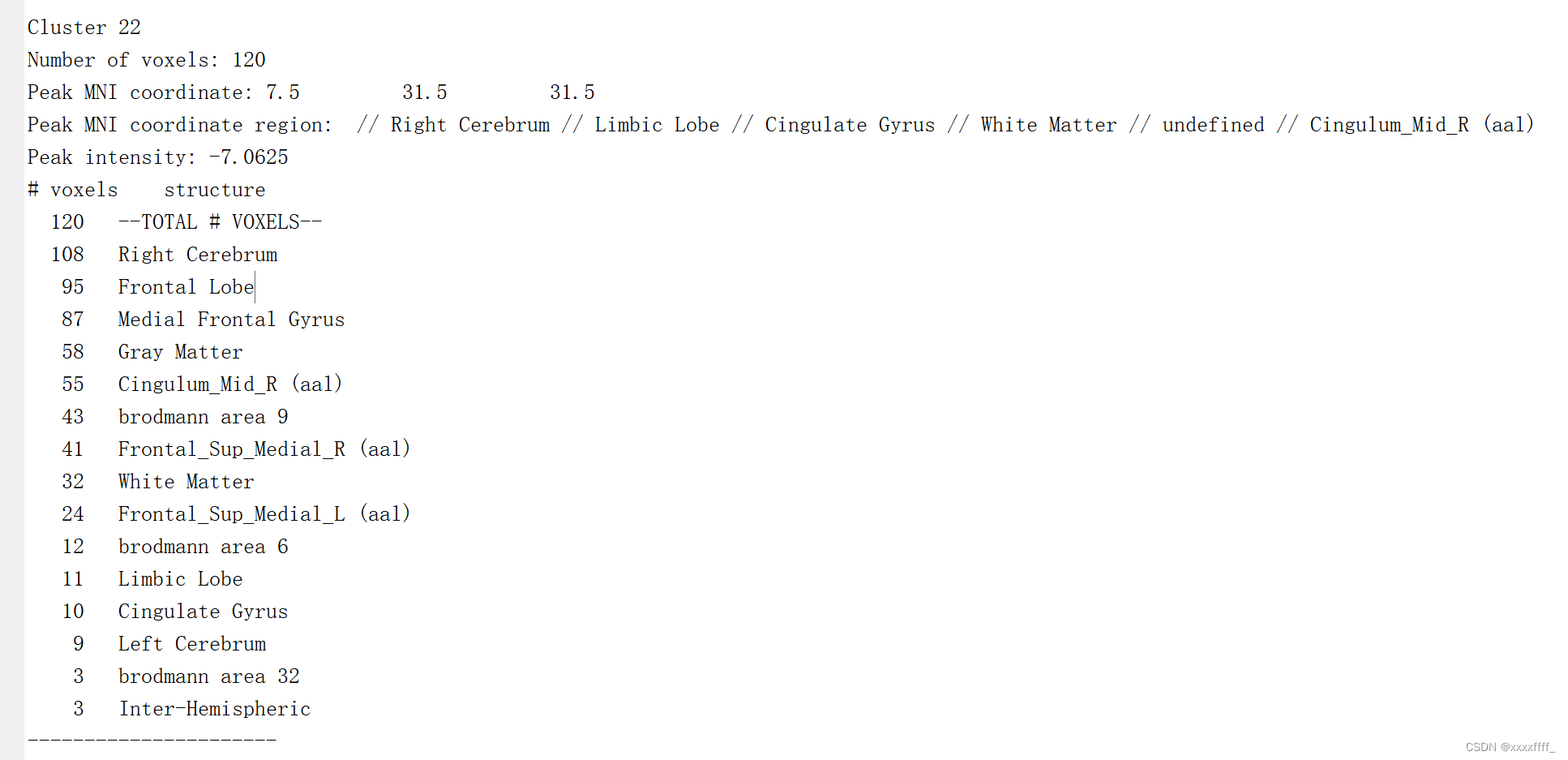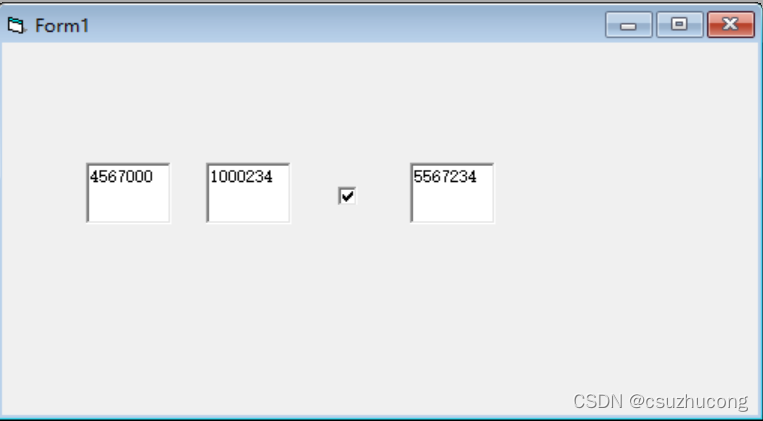大家好,这里是针对栈和队列做的一些总结归类,主要是介绍了栈和队列的相关操作,特意整理出来一篇博客供我们一起复习和学习,如果文章中有理解不当的地方,还希望朋友们在评论区指出,我们相互学习,共同进步!
文章目录
- 一:栈
- 1.1 栈的概念及结构
- 1.2 栈的实现
- 1.3 典型案例
- 二:队列
- 2.1 队列的概念及结构
- 2.2 队列的实现
一:栈
1.1 栈的概念及结构
栈:是一种基于先进后出(FILO)的数据结构,是一种只能在一端进行插入和删除操作的特殊性表。它按照先进后出的原则存储数据,先进入的数据被压入栈底,最后的数据在栈顶,需要读数据的时候从栈顶开始弹出数据。
压栈:栈的插入操作叫做进栈\压栈\入栈,入数据在栈顶。
出栈:栈的删除操作叫出栈,出数据也在栈顶。

1.2 栈的实现
头文件Stack.h:
typedef int STDataType;typedef struct Stack
{STDataType* a;int top; // 栈顶的位置int capacity; // 容量
}ST;void StackInit(ST* ps);//栈初始化
void StackDestory(ST* ps);//销毁栈
void StackPush(ST* ps, STDataType x);//压栈
STDataType StackTop(ST* ps);//出栈
void StackPop(ST* ps);
bool StackEmpty(ST* ps);//判断栈区是否为空
int StackSize(ST* ps);//计算栈的元素
1:栈初始化
void StackInit(ST* ps){assert(ps);ps->a = NULL;ps->top = 0;ps->capacity = 0;
}
2:销毁栈
void StackDestory(ST* ps){assert(ps);free(ps->a);ps->a = NULL;ps->capacity = ps->top = 0;
}
3:压栈
void StackPush(ST* ps, STDataType x){assert(ps);if (ps->capacity == ps->top){int newCapacity = ps->capacity == 0 ? 4 : ps->capacity * 2;ps->a =(STDataType *)realloc(ps->a, newCapacity * sizeof(STDataType));if (!(ps->a)){printf("realloc fail\n");exit(-1);}else{ps->capacity = newCapacity;}}ps->a[ps->top] = x;(ps->top)++;
}
4:出栈
STDataType StackTop(ST* ps){assert(ps);assert(ps->top > 0);return ps->a[ps->top - 1];
}void StackPop(ST* ps){assert(ps);assert(ps->top > 0);(ps->top)--;
}
5:判断栈是否为空
bool StackEmpty(ST* ps){assert(ps);if (ps->top == 0){return true;}else{return false;}
}
6:计算栈内个数
int StackSize(ST* ps){assert(ps);return ps->top;
}
1.3 典型案例
括号匹配问题:LeetCode链接
二:队列
2.1 队列的概念及结构
队列是一种基于先进先出(FIFO)的数据结构,是一种只能在一端进行插入,在另一端进行删除操作的特殊线性结构,它按照先进先出的原则存储数据,先进入的数据,在读取的时候先被读出来。


2.2 队列的实现
队列也可以用数组和链表的结构实现,使用链表的结构会更优一些,因为如果使用数组的结构,出队列在数组头上出数据,效率会比较低。
typedef int QDataType;typedef struct QueueNode
{QDataType data;struct QueueNode* next;
}QNode;typedef struct Queue
{QNode* head;QNode* tail;//size_t size;
}Queue;
//初始化队列
void QueueInit(Queue* pq);
//销毁队列
void QueueDestory(Queue* pq);
//入队列
void QueuePush(Queue* pq, QDataType x);
//出队列
void QueuePop(Queue* pq);
//是否空队列
bool QueueEmpty(Queue* pq);
//队列大小
size_t QueueSize(Queue* pq);
//队头元素
QDataType QueueFront(Queue* pq);
//队尾元素
QDataType QueueBack(Queue* pq);
1:初始化队列
void QueueInit(Queue* pq){assert(pq);pq->head = NULL;pq->tail = NULL;
}
2:销毁队列
void QueueDestory(Queue* pq){assert(pq);QNode * cur = pq->head;while (cur){QNode * Next = cur->next;free(cur);cur = NULL;cur = Next;}pq->head = pq->tail = NULL;
}
3:入队列
void QueuePush(Queue* pq, QDataType x){assert(pq);QNode * newnode = (QNode *)malloc(sizeof(QNode));if (!newnode){printf("malloc fail\n");exit(-1);}else{if (pq->tail == NULL){assert(pq->head == NULL);pq->head = pq->tail = newnode;newnode->data = x;newnode->next = NULL;}else{pq->tail->next = newnode;newnode->data = x;newnode->next = NULL;pq->tail = newnode;}}
}
4:出队列
void QueuePop(Queue* pq){assert(pq);assert(pq->head && pq->tail);if (pq->head->next == NULL){free(pq->head);pq->head = pq->tail = NULL;}else{QNode* Next = pq->head->next;free(pq->head);pq->head = Next;}
}
5:是否空队列
bool QueueEmpty(Queue* pq){assert(pq);return pq->head == NULL && pq->tail == NULL;
}
6:队列大小
size_t QueueSize(Queue* pq){assert(pq);int count = 0;QNode* cur = pq->head;while (cur){count++;cur = cur->next;}return count;
}
7:队头元素
QDataType QueueFront(Queue* pq){assert(pq);assert(pq->head);return pq->head->data;
}
8:队尾元素
QDataType QueueBack(Queue* pq){assert(pq);assert(pq->tail);return pq->tail->data;
}
深深的感谢您能够看到这里,祝您生活愉快,事业学习进步!!!
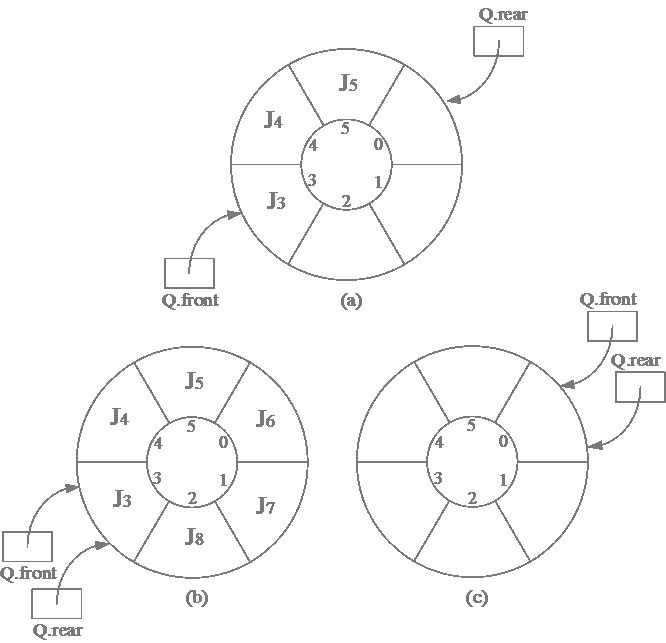
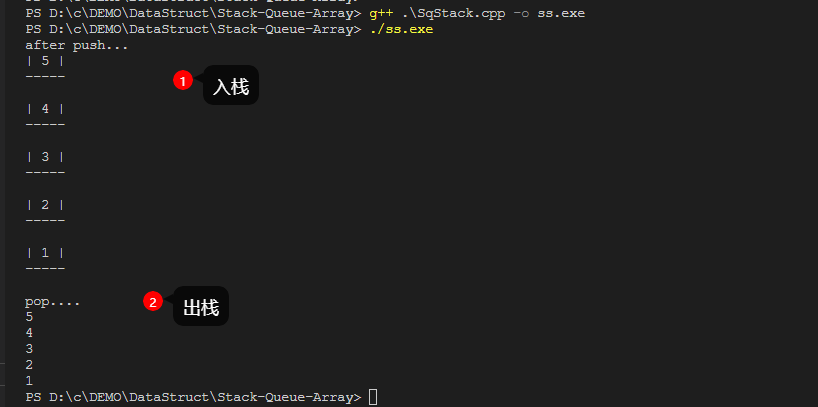


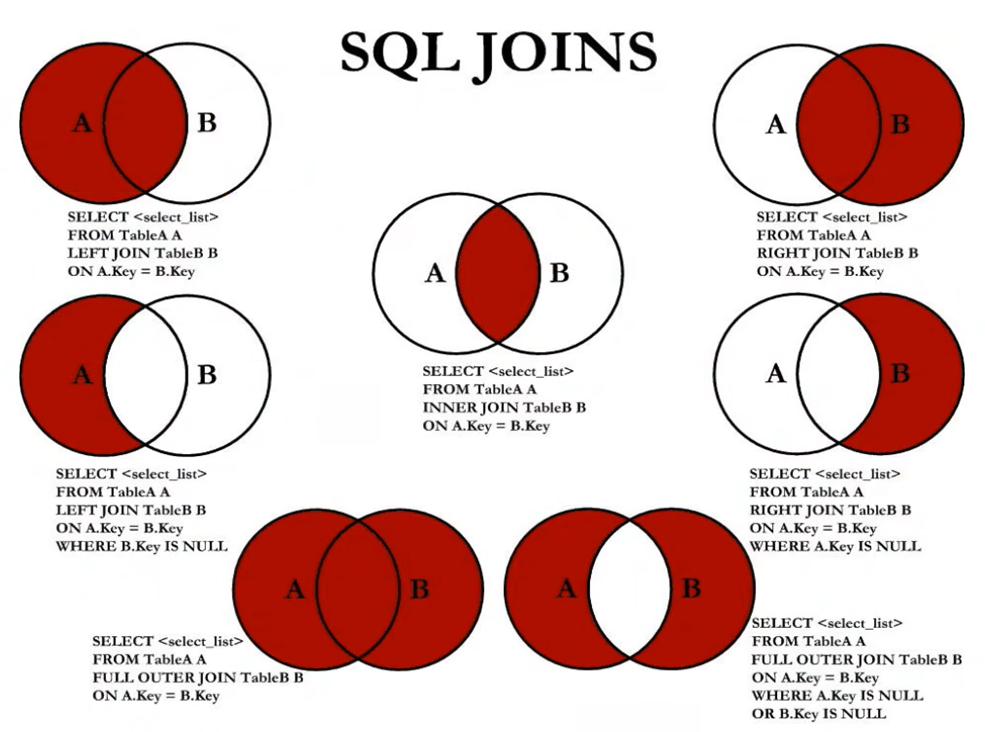


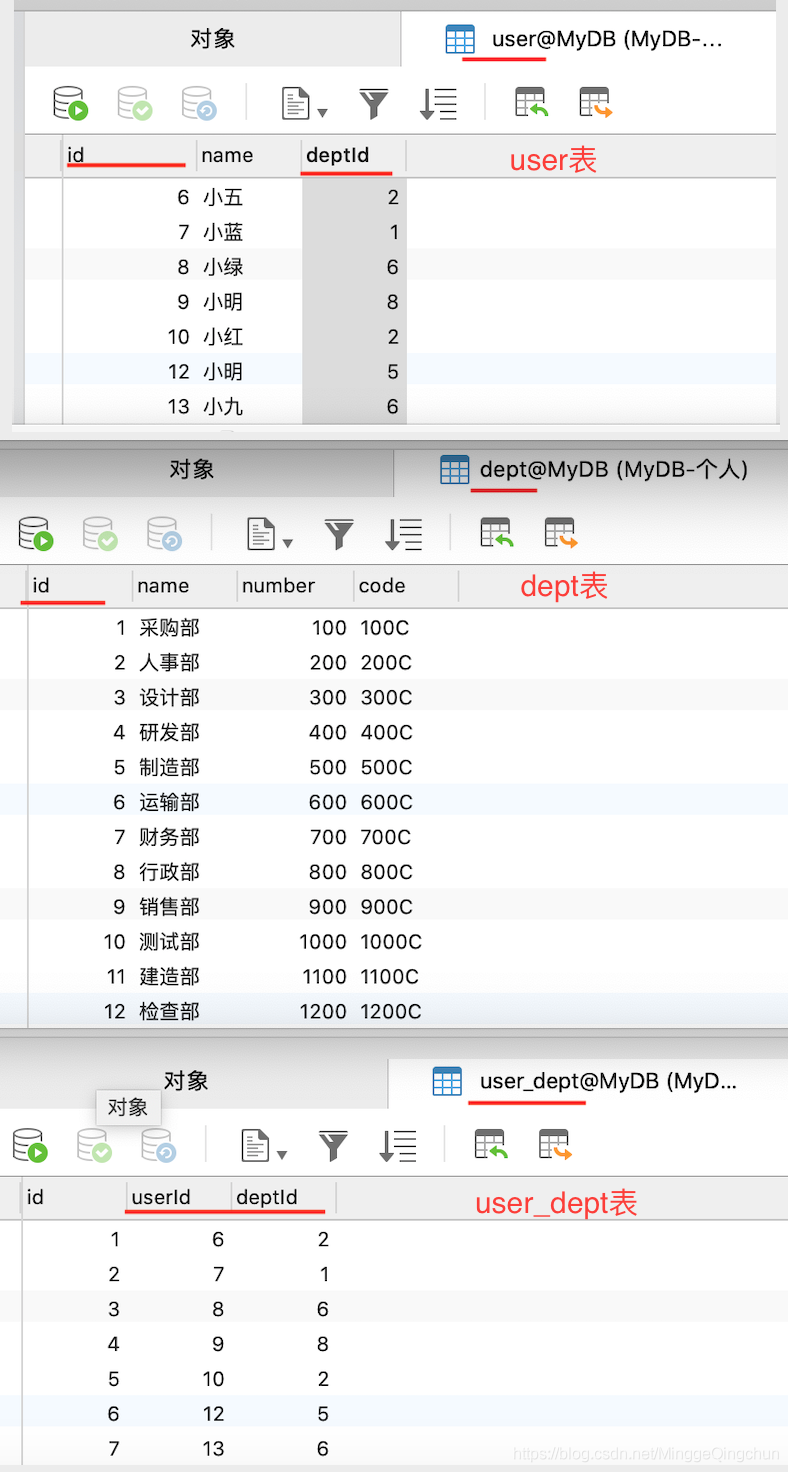

![[转载]静息态fMRI、DTI、VBM](http://simg.sinajs.cn/blog7style/images/common/sg_trans.gif)
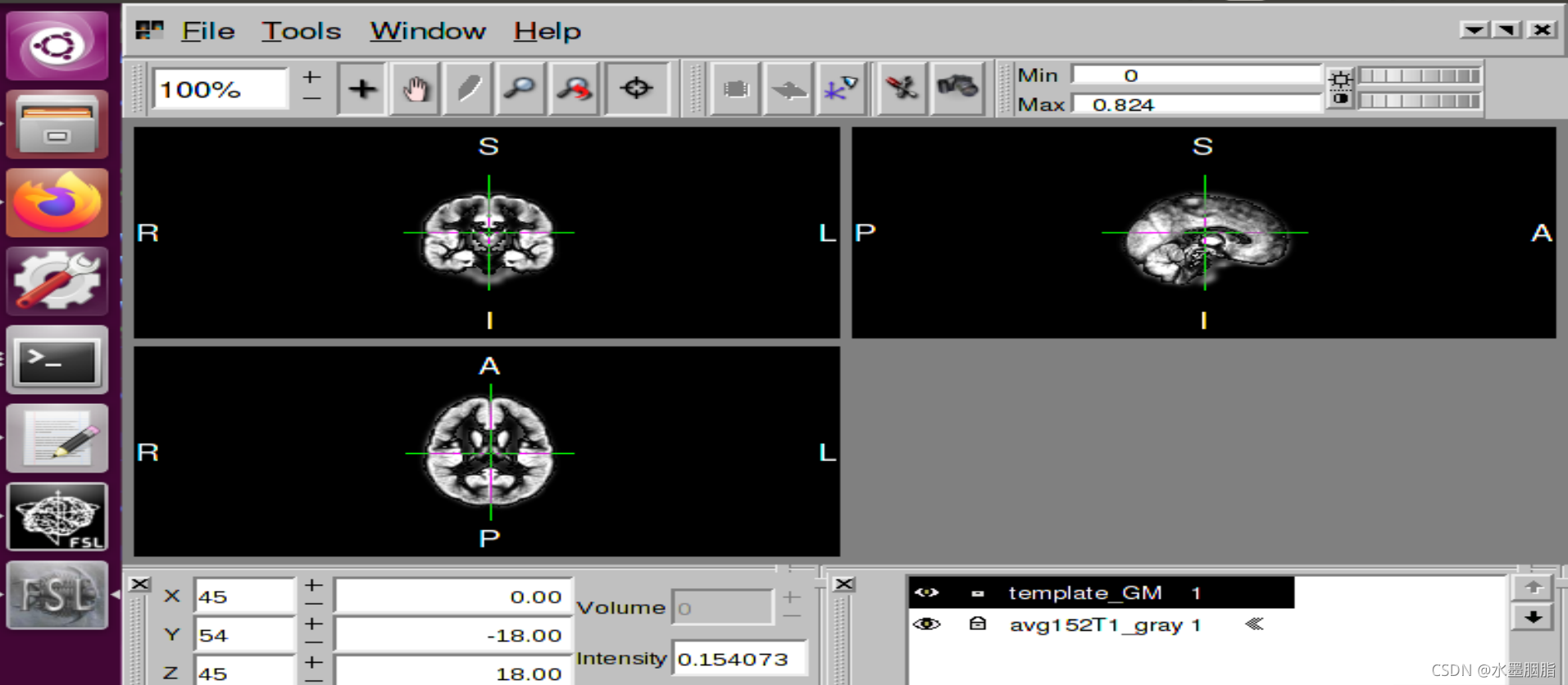
![[spm操作] VBM分析中,modulation的作用](http://52brain.com/data/attachment/forum/201703/28/022631c8j8h668saiszbw8.png)



